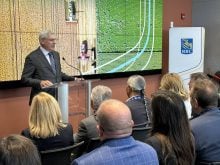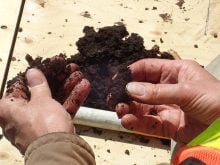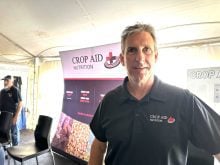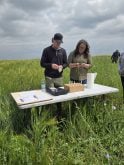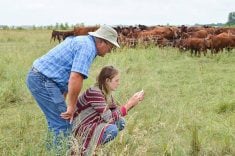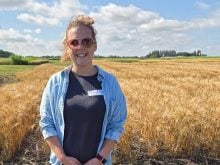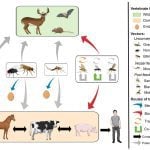Glacier FarmMedia – Soil nutrient sensor technology offers to save producers time and money, but do those promises measure up?
The answer so far is a tentative yes, according to researchers at Olds College in Alberta.
“It’s showing quite a bit of promise,” said Abby Sim, a research technician at the college. It’s an easier process than shipping samples to a lab and features almost immediate results, she added.
Read Also
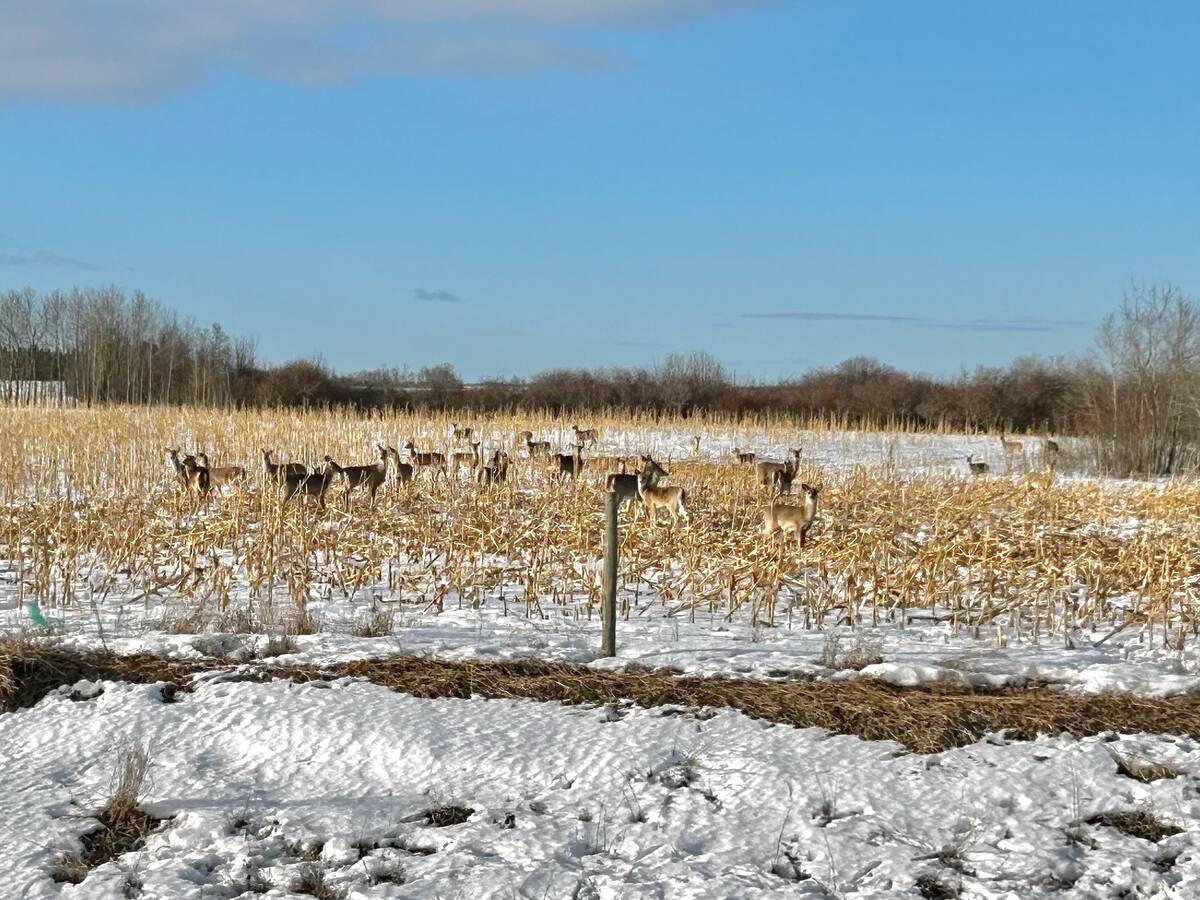
Manitoba launches CWD tracking tool
A newly launched digital dashboard allows hunters to track where chronic wasting disease has been confirmed in Manitoba
Why it matters: Decisions based on soil tests can be a foundation for farmers looking to improve their bottom line and reduce nitrous oxide emissions.
Because they offer faster results and the ability to do more soil tests, soil nutrient sensors can, in theory, help producers keep a closer eye on their fields and make more informed decisions. That could potentially reduce fertilizer applications and costs.
“Rather than taking one sample per field, now they take zone samples and get more into variable rate technology,” said Sim. “Or if they are unsure about a result, they can go out and take another sample with still enough time to plan their fertilizer for seeding.”
Sim has been testing soil nutrient sensors at the Olds College Smart Farm since 2020. Of the four units tested, the Teralytics probe was the only one that didn’t work.
“We weren’t even sure how they were reading because they were having battery issues and connectivity problems,” Sim said.
The one that worked best in trials was the ChrysaLabs probe. It uses artificial intelligence technology to rapidly analyze nutrients in soil.
”The scans usually take less than 30 seconds and, if you have cell service both for the probe and your phone, then you can view [the results] pretty much instantly,” Sim said. “It is very fast. It’s really the only real-time soil sensor that we were able to test.”
The probe measures 13 micro and macro nutrients, soil pH, organic matter, moisture, CEC (cation exchange capacity), buffer pH and total organic carbon and texture.
“It has pretty much most nutrients that you would be testing for in the lab,” Sim said. “It also does them in multiple lab methods.”
If there’s no connectivity, results are stored in the probe until cell service is available.
“We’re taking like hundreds of samples in a day, and we never had any low battery or anything,” she said. “Honestly, I was very impressed.”
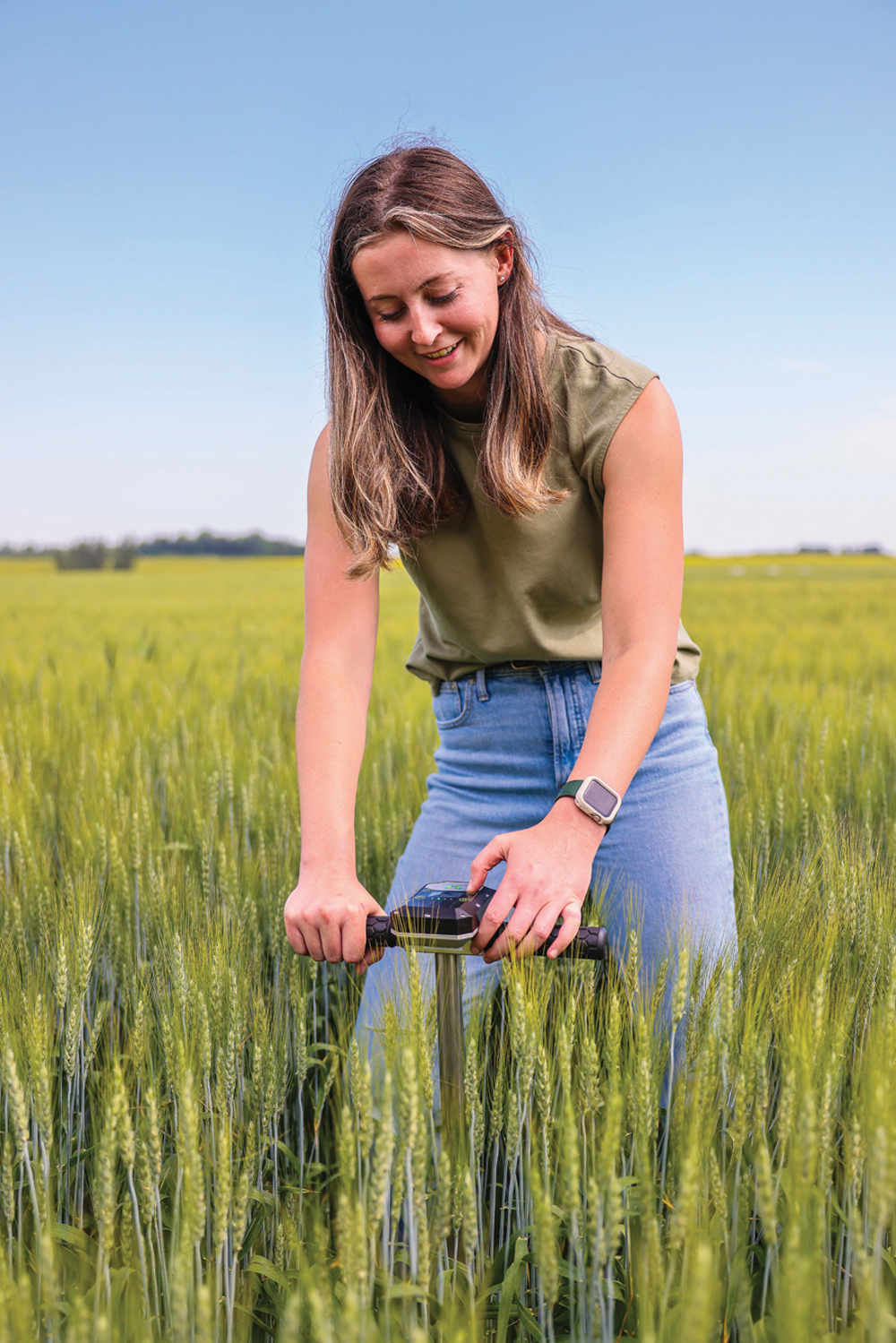
The iMETOS MobiLab, a portable wet lab, was another time-saver with results taking an hour or two. It’s faster than sending samples out, Sim said, but it wasn’t as tailgate-friendly as advertised.
“It didn’t quite work in the field as anticipated, but I could see it working if you had it set up in a shop or something,” Sim said, adding the lab needs an internet connection to work.
Additionally, when Olds tested it, the MobiLab only measured nitrogen, potassium, sodium and chloride.
Sim said the Western Ag Plant Root Simulator measured a good range of micro and macro nutrients, but didn’t save time.
“It’s not like an instant analysis like with some of the other ones,” she said. “You still have to wait a couple of weeks to ship them out and get the results back.”
Results were also not easy to read because different nutrients were measured in different ways.
“The measurements weren’t in parts per million,” said Sim. “But if you were working with an agronomist who is trained in the technology, then I think they could be a good fit to use as soil sampling.”
The study didn’t directly compare sampling results from the four devices to traditional soil tests as “that was largely outside the scope of this project,” said Sim.
“We perform testing and data collection on the sensors to calibrate them and to evaluate their use in western Canadian soils. This information is provided to the company for the improvement of their technology.”
The plant root simulator is pay per test while the MobiLab costs around $5,000 and has a lifespan of between 300 and 500 tests. An annual subscription for a ChrysaLabs probe will cost around double that, but testing is unlimited over the year.
“Having unlimited sampling, having the data right away, really allows you to have a bigger picture and a more in-depth picture of what’s going on in your field,” said Cailyn Wolberg, a ChrysaLabs customer rep.
“It can be cost prohibitive to get enough sampling done at the lab and to have the data density that you really need to see the different variations in a field or across several fields.”
One limitation of the Quebec-based ChrysaLabs, Sim said, is that the probe has less data from western Canadian soil, such as black soil with high organic matter, which can affect accuracy in the region.
“Certain soils require specific AI model training more than others due to their unique qualities,” Wolberg said. “With this project that we did with Olds College, we’re able to make our database more robust and have more information to improve our algorithms.”
To help build the database, Olds sent approximately 600 samples to ChrysaLabs last fall and Sim said they’ve since seen the probe improve.
“The more we can expand the number of users in that area, the better the product is really going to be for Alberta soil specifically,” Wolberg said. “[We’re] really encouraging people to be open to the technology and to reach out and learn more.”
– This article was originally published at the Alberta Farmer Express.



